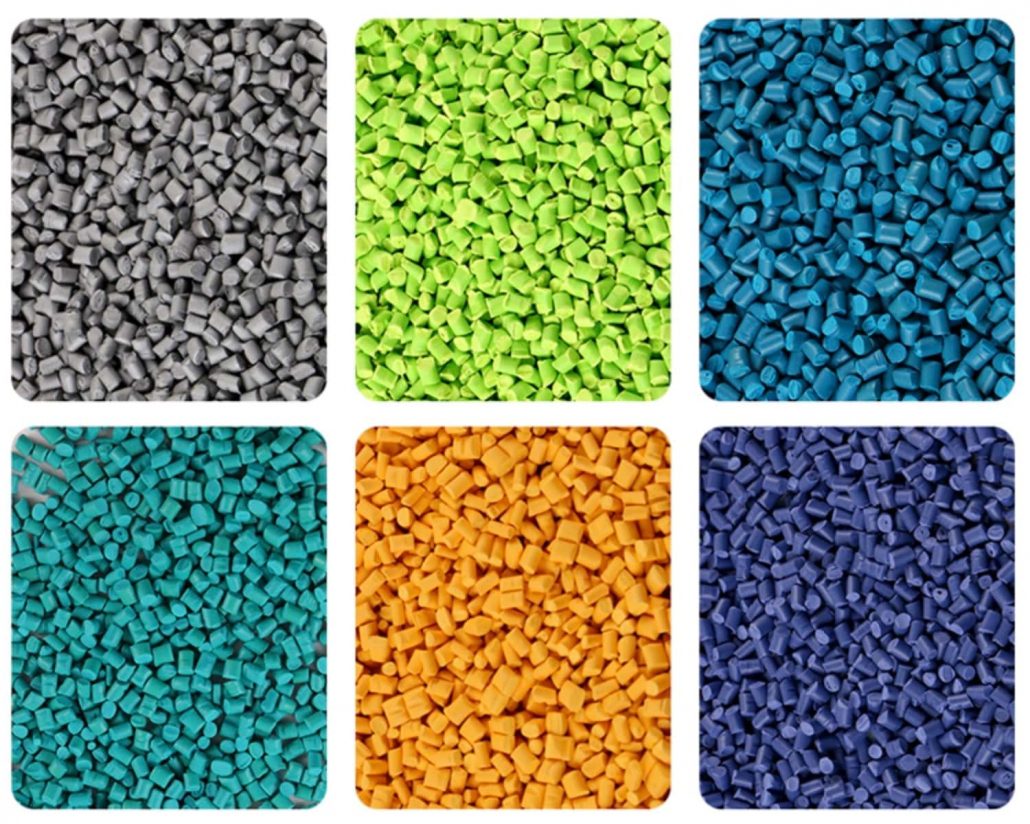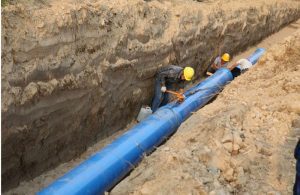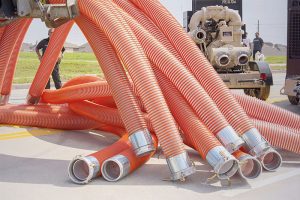A Revolutionary Hose Pipe Material – PVC
During the twentieth century, a truly remarkable advancement in pipeline materials engineering occurred. The revolution was born in polymer science and has, through many decades of technological refinement, been accelerating. The polymer that has achieved frontrunner status throughout this pipe revolution is polyvinyl chloride (PVC).
In 1999 PVC pipe was recognized by Engineering News-Record as one of the top 20 engineering innovations of the previous 125 years, due to the material’s combination of lightness, strength, ease of installation, and resistance to corrosion. In addition, PVC’s chemical resistance and high stiffness account for it becoming a popular pipe material for many pressure and non-pressure applications.
According to the results of a 2010 Trenchless Technology survey, in the sanitary sewer market PVC is the most accepted, most specified, and most easily maintained pipe material. PVC pipe is also ranked highest in life cycle performance.
The use and availability of PVC pipes have grown steadily since the 1950s. Polyvinyl chloride has become the preferred pipe material for such major markets as sanitary sewers and water transmission and distribution. PVC pipe is also widely used in the following applications:
- sewer force mains
- reclaimed water
- storm sewer
- land and highway drainage
- agricultural and turf irrigation
- trenchless installation.
In the world each year the total installed length of PVC water and sanitary sewer pipe exceeds that of any alternative piping material.
More recent improvements in PVC technology have opened the door to the trenchless market; such improvements include self-restrained joints and the technology to fuse PVC pipe in the field.
PVC is part of the large, complex, and constantly developing group of plastics. Like metals and other pipeline materials, plastics possess a wide range of properties that lend themselves to numerous applications. Structurally, plastic materials used for pipe production can exhibit properties ranging from soft and flexible to hard and rigid.
Plastic pipe materials may be divided into two basic groups: thermoplastics and thermosets. Thermoplastics, as the name implies, soften when heated and harden when cooled. They can be formed and re-formed repeatedly, but the reprocessing steps must be controlled and limited to ensure retention of original performance properties. PVC is a thermoplastic; it is manufactured using an extrusion process. The capacity to be reheated and re-formed also enables PVC pipe to be manufactured with post-extrusion, heat-formed bell ends for jointing. PVC fittings are generally made in an injection molding process or a fabrication process through the assembly of molded or extruded parts.
Thermoset plastics go through a soft plastic stage only once, then harden irreversibly, and cannot again be softened without incurring permanent damage. Some of the more common thermoset plastics used for pipes are glass-fiber-reinforced thermosetting resin and cross-linked polyethylene (PEX).




 Sunhose
Sunhose sunhose
sunhose